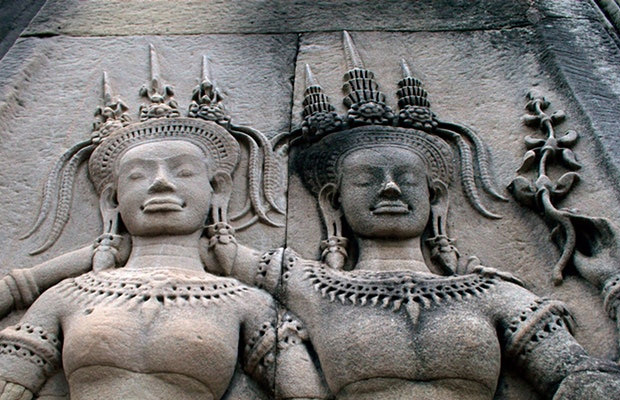Phnom Kulen Linga River
The 1,000-lingual river owes its name to the images of Hindu gods, their spouses and more than 1,000 slings carved into the bed and banks of the Siem Reap River in Phnom Kulen. The lanyards are a symbol of the essence of God Shiva and were built to purify the water of the river and make it fertile to then irrigate the rice fields.
The 1,000-lingual river owes its name to the images of Hindu gods, their spouses and more than 1,000 slings carved into the bed and banks of the Siem Reap River in Phnom Kulen. The lanyards are a symbol of the essence of God Shiva and were built to purify the water of the river and make it fertile to then irrigate the rice fields. Along with the slings, we find several sculptures on the river bank that represent various scenes and inscriptions. The most recurring scene is the re-creation of the fallen world in chaos. The sculptures and slings date back to the reign of King Udayadityavarman II and the workmanship and techniques used to create them more than a thousand years ago astonished archaeologists and scholars as the king changed course to sculpt the lanyards the bed of the river.
View Mores Temple Guide
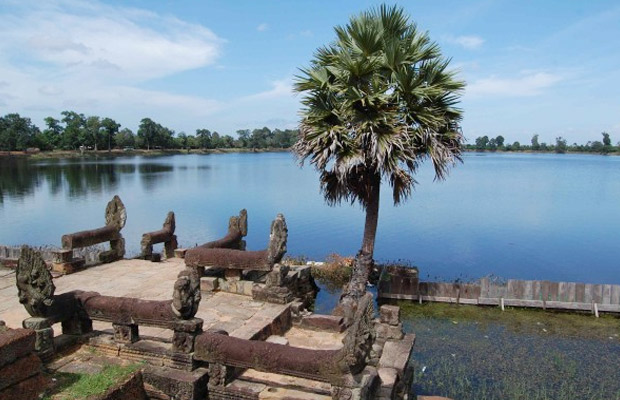
Srah Srang
Srah Srang (Khmer: ស្រះស្រង់) is a baron or reservoir in Angkor, Cambodia, located south of East Baray and east of Banteay Kdei. It was excavated in the middle of the tenth century, ...

Phnom Bakheng
Phnom Bakheng in Angkor, Cambodia, is a Hindu and Buddhist temple in the shape of a temple mountain. Dedicated to Shiva, it was built at the end of the 9th century, during the reign of King ...

Prasat Neang Khmau
Neang Khmau means the "Black Lady" in Khmer, probably referring to the fire-marked surface of the tower. Like many of the sanctuaries of Koh Ker, the temple was dedicated to ...
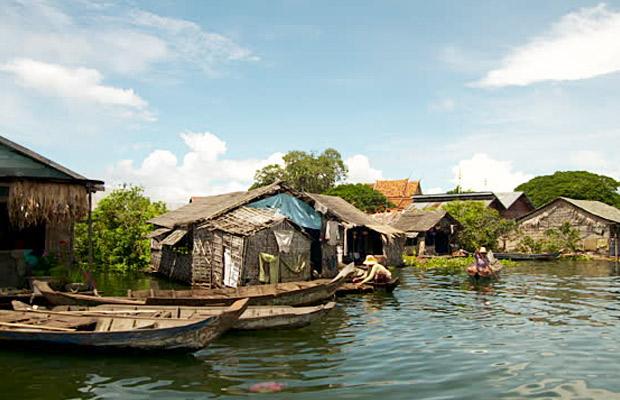
Mechrey Floating Village
Siem Reap is famous for not only the ancient Khmer temples, but also the unique floating villages on the bank of Tonle Sap, situated 9 kilometers west of Siem Reap. One of the three largest villages ...

Pre Rup Temple
Pre Rup (Khmer: ប្រាសាទប្រែរូប) is a Hindu temple in Angkor, Cambodia, built as the state temple of King Khmer Rajendravarman [1]: 116 [2]: 73-74 [3]: 361-364 and ...
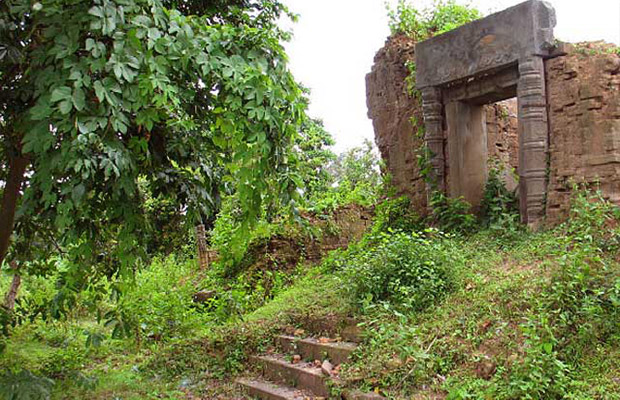
Prasat Kutisvara
Three prasats in a severe state of ruin with some still visible sculptures to come. Kutisvara is historically significant in that it was mentioned in an inscription in connection with the 9th century ...

Preah Pithu
Preah Pithu (Khmer: ប្រាសាទព្រះពិធូរ), or Prasat Preah Pithu, is a group of five temples in Angkor, Cambodia. In fact, they probably were not designed as a group. ...
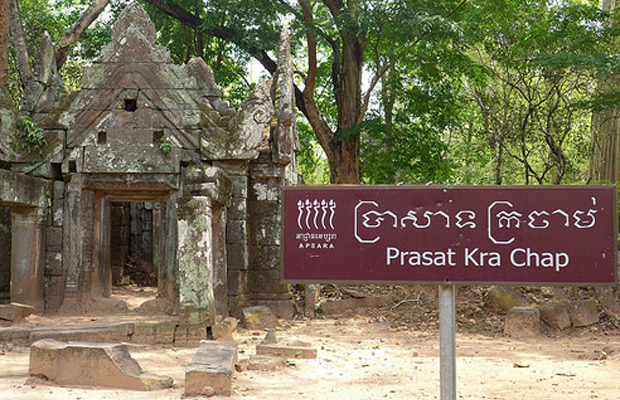
Prasat Kra Chap
Prasat Kra Chap is a compact temple comprising two rather well preserved gopuras and the ruins of five towers arranged in a quincun. Thanks to the surviving inscriptions on the doorframes, we know ...

Prasat Bei
Prasat Bei (Khmer: ប្រាសាទបី) means "three temples", is a temple with three brick towers in a north-south row, facing east and standing on a laterite platform. The central tower ...

Sambor Prei Kuk
Sambor Prei Kuk (Khmer: ប្រាសាទសំបូរព្រៃគុក, Prasat Sambor Prei Kuk) is an archaeological site in Cambodia, located in the province of Kampong Thom, 30 km north ...
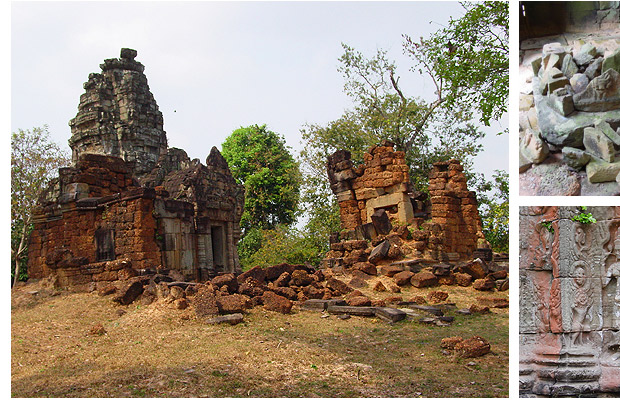
Prasat Prei
Small temple ruins unite in a forest setting near Neak Pean. Remains of a gopura, the central tower and halls, and the vestiges of a library and surrounding wall. Some apsara and lintel sculptures. A ...
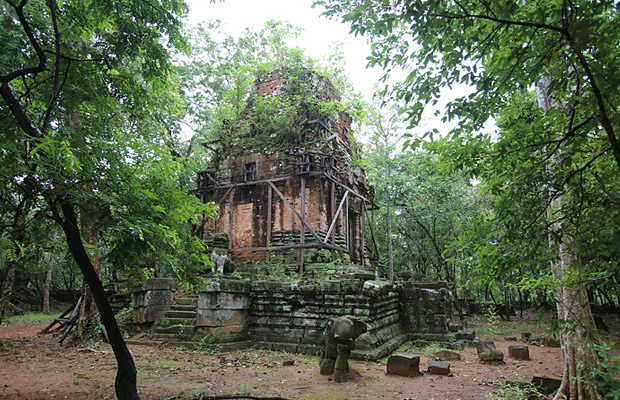
Prasat Sras Damrei
Prasat Damrei is named for the elephants guarding the four corners of the shrine ('damri' is Khmer for 'elephant'). The temple was built in honor of Shiva, which was worshiped here as a linga mounted ...




